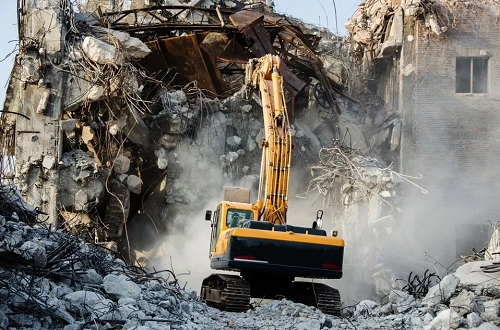 Tuesday, September 24, 2024
Tuesday, September 24, 2024  Tuesday, September 24, 2024
Tuesday, September 24, 2024 
As of 2021, the buildings and construction sector was responsible for more than a third (37%) of global CO2 emissions, making it a significant contributor to climate change.
To date, large-scale efforts to decarbonize the sector have focused on reducing operational emissions – those that result from the function and maintenance of the building (e.g., heating, cooling and lighting). Currently representing just over two-thirds of the sector’s total footprint, operational emissions are expected to decrease considerably over the coming three decades, thanks to electricity grids increasingly making the shift to renewables.
But operations only represent part of a building’s carbon footprint. There are also embodied emissions, which are associated with the entire lifecycle of building materials. These include everything from the extraction of raw materials and product manufacturing (e.g., iron for steel-making), though the building’s construction, and to its eventual end-of-life (e.g., demolition). Embodied emissions aren’t evenly distributed. Most (65 – 85%) occur before a building begins construction, and global supply chains mean that they’re often produced far from the construction site. The scale and complexity involved in materials production makes reducing embodied emissions incredibly challenging. On top of that, demand for building materials is on the rise, powered by population growth and rapid urbanization (particularly in developing nations). According to the OECD, if ‘business as usual’ practices continue, the global consumption of raw materials will nearly double by 2060,“placing twice the pressure on the environment than we are seeing today.” Is it any wonder that embedded carbon, as it’s sometimes known, has been described as “the construction industry’s biggest obstacle to net-zero”?
A new report, published today by the UN Environment Programme and the Yale Center for Ecosystems + Architecture sets out to overcome that obstacle.